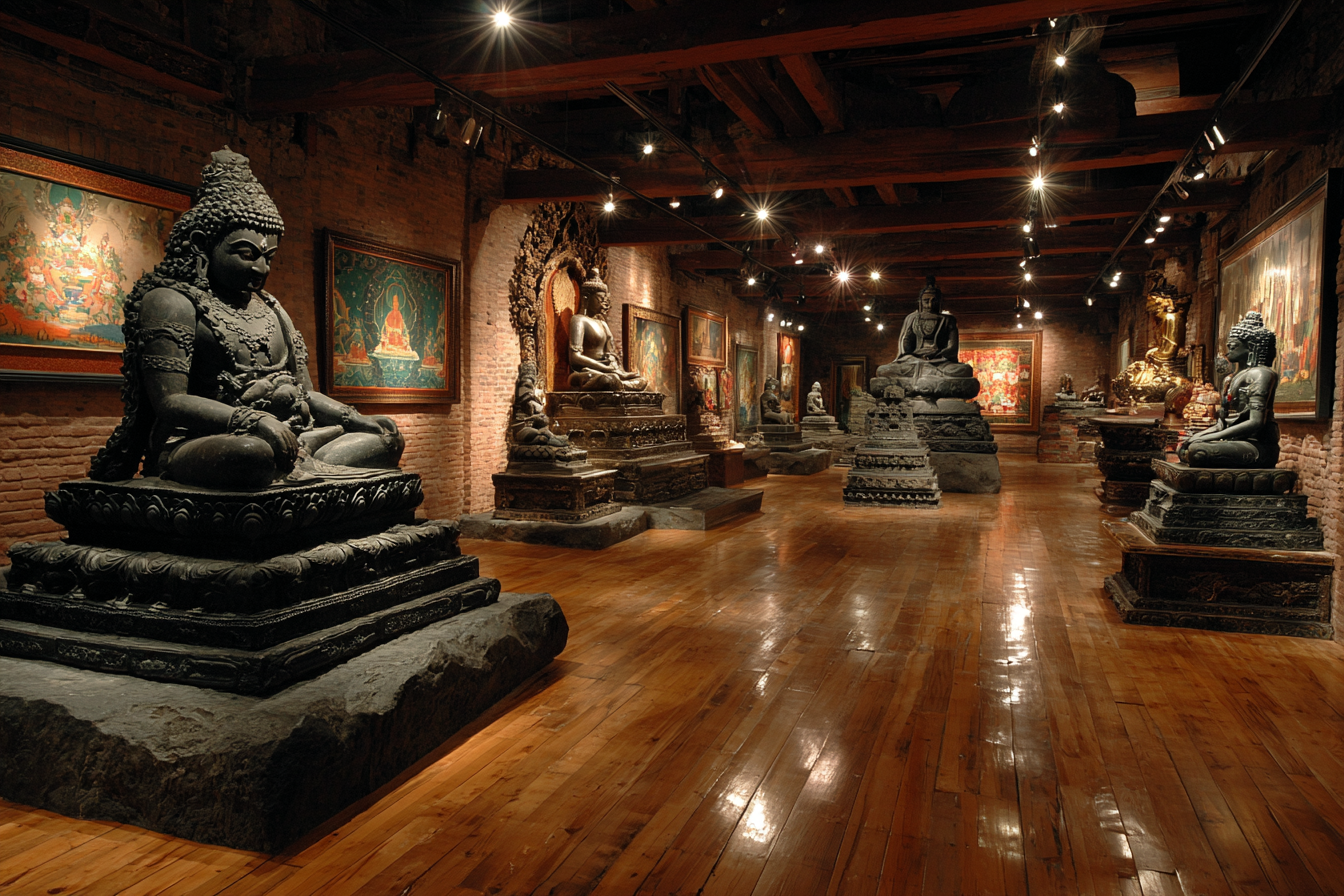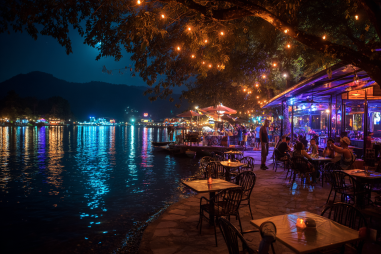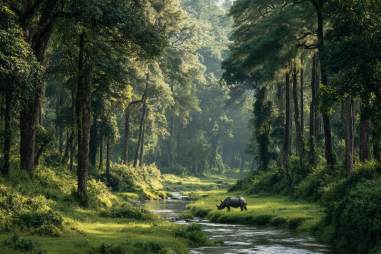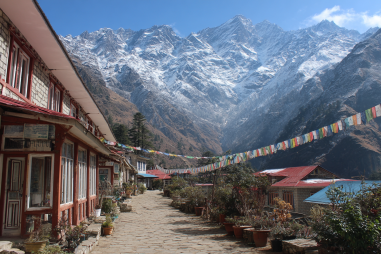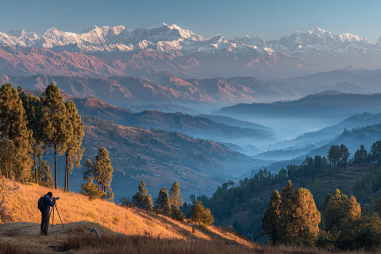Nepal’s capital, Kathmandu, is a vibrant nexus of history, tradition, and creativity. For travelers and culture enthusiasts alike, the city’s museums and galleries offer fascinating windows into centuries-old civilizations, indigenous art, and contemporary artistic expressions. Exploring Kathmandu’s cultural institutions is not only an enriching dive into Nepalese heritage but also a memorable journey through the treasures that have shaped the region’s identity. From grand museums preserving ancient relics to modern spaces showcasing innovative art, Kathmandu caters to every curious mind.
Overview of Kathmandu’s Cultural Institutions
Kathmandu is home to a diverse array of museums and galleries that reflect the multiplicity of Nepal’s history and artistic heritage. These institutions range from traditional museums that focus on historical artifacts and ethnography to contemporary galleries that celebrate modern Nepalese artists. Many of these places are housed in architecturally significant buildings themselves, blending Newari craftsmanship with modern design. Visiting these cultural hubs provides a layered understanding of the city’s past and present and offers visitors the chance to engage deeply with Nepalese culture.
National Museum of Nepal
The National Museum of Nepal, located in the historic area of Chhauni, is one of the most prominent museums in Kathmandu. Established in 1928, it serves as the country’s premier institution for the preservation of Nepal’s archaeological and artistic heritage. The museum’s extensive collection spans weaponry, ceremonial objects, historical documents, and ancient art, giving a comprehensive look at Nepalese history and culture through the centuries.
Visitors can marvel at exquisite statues, traditional costumes, and chronicles of Nepalese monarchs and warfare. The museum is divided into halls dedicated to natural history, art, and culture, enabling an immersive cultural experience. Its well-curated exhibitions provide rich context for understanding Nepal’s unique historical narrative, including its Himalayan geography and diverse ethnic groups.
Patan Museum
Patan Museum is a jewel in Kathmandu’s cultural landscape, situated within the Durbar Square complex, a UNESCO World Heritage site. Celebrated for its exceptional collection of traditional sacred art, the museum focuses largely on Buddhism and Hinduism, two religions deeply interwoven into Nepalese life.
The museum beautifully showcases metal statues, religious artifacts, and exquisite paubha paintings—traditional scroll paintings typical of the Kathmandu Valley. Housed in a restored 17th-century palace, the Patan Museum itself is a masterpiece of Newari architecture, featuring intricate wooden carvings and courtyards that transport visitors back in time. It is a must-visit for those interested in religious art and history.
Kaiser Library
For literature lovers and researchers, the Kaiser Library offers a quiet refuge in the heart of Kathmandu. Originally a private royal collection, the library now functions as a public reading room dedicated to preserving Nepali history, literature, and culture. It houses a remarkable collection of books, manuscripts, and documents in many languages, some dating back centuries.
The Kaiser Library is ideal for those looking to delve deeper into Nepal’s literary past or conduct academic research. The serene atmosphere also makes it a cherished spot for scholars and avid readers visiting Kathmandu. It symbolizes Nepal’s commitment to preserving its intellectual heritage alongside its artistic one.
Folk Art Museum
The Folk Art Museum is dedicated to showcasing the rich traditions, crafts, and everyday life of Nepalese people. Located near Kathmandu Durbar Square, this museum is set in a traditional courtyard complex, providing an authentic setting for its exhibits. It features an extensive collection of folk artifacts, including terracotta, woodcarvings, textiles, masks, and musical instruments.
The museum shines a spotlight on Nepal’s diverse ethnic groups and their unique artistic expressions. Visitors can encounter handcrafted items that tell stories of Nepal’s rural and indigenous lifestyles, festivals, and rituals. This museum is a wonderful place to experience the cultural diversity that defines Nepal beyond the metropolitan area.
Contemporary Art Galleries
Kathmandu’s contemporary art scene has seen substantial growth in recent years. A handful of contemporary art galleries have emerged around the city, catering to both local and international audiences eager to explore the evolving face of Nepalese art. These galleries showcase a wide range of mediums, including paintings, sculpture, photography, and multimedia installations.
Notable galleries such as Siddhartha Art Gallery and Gallery Swotha offer platforms for young Nepalese artists to present their works, often highlighting social, political, and environmental themes that resonate in modern Nepal. Many galleries host regular exhibitions and events, making them vibrant hubs for art lovers keen to see how tradition and modernity intersect in Nepali creativity.
Exhibitions and Events
Throughout the year, Kathmandu’s museums and galleries host numerous exhibitions, workshops, and cultural events. These special programs provide visitors a chance to engage more interactively with the exhibits, learn from artists and historians, and even participate in traditional arts and crafts.
Annual events such as the Nepal Art Fair and the Kathmandu Triennale bring together artists, collectors, and tourists from around the world, turning the city into a dynamic hub of artistic exchange. Seasonal festivals, cultural talks, and temporary thematic displays further enrich the calendar, ensuring there is always something new to discover in Kathmandu’s cultural scene.
Visiting Tips and Entry Fees
Before planning your visit to Kathmandu’s museums and galleries, it’s helpful to keep a few tips in mind:
- Opening Hours: Most museums and galleries open from around 10 AM to 5 or 6 PM, with many closed on Mondays or specific holidays. Check ahead to avoid surprise closures.
- Entry Fees: Entry fees vary by institution but are generally affordable. For example, the National Museum might charge around NPR 500 for foreign tourists, while smaller galleries may have nominal or free entry.
- Guided Tours: Hiring a guide can greatly enhance your understanding of the exhibits. Many museums offer official guided tours or audio guides.
- Photography: Photography policies differ, so always ask before taking pictures inside galleries or museums.
- Respectful Dress: Since many museums contain religious and culturally sensitive artifacts, dressing modestly is recommended.
It’s also wise to allocate enough time for each site. Some museums warrant several hours, especially if you want to deeply appreciate the collections and architecture.
Experiencing Kathmandu’s Cultural Treasures
Exploring Kathmandu’s museums and galleries offers an extraordinary opportunity to connect with Nepal’s heritage across centuries, art forms, and traditions. Whether you are captivated by ancient religious artifacts at the Patan Museum, intrigued by Nepalese folk culture at the Folk Art Museum, or inspired by contemporary creativity in modern galleries, each institution brings a unique perspective on the city’s identity.
These cultural venues not only preserve the past but also nurture the present and future of Nepalese art and history. They invite visitors to embark on a meaningful journey—from the intricate woodcarvings of traditional palaces to vibrant canvases of modern painters, from sacred heritage to innovative trends. Immersing yourself in Kathmandu’s museums and galleries will undoubtedly deepen your appreciation of Nepal’s rich and diverse cultural tapestry.

